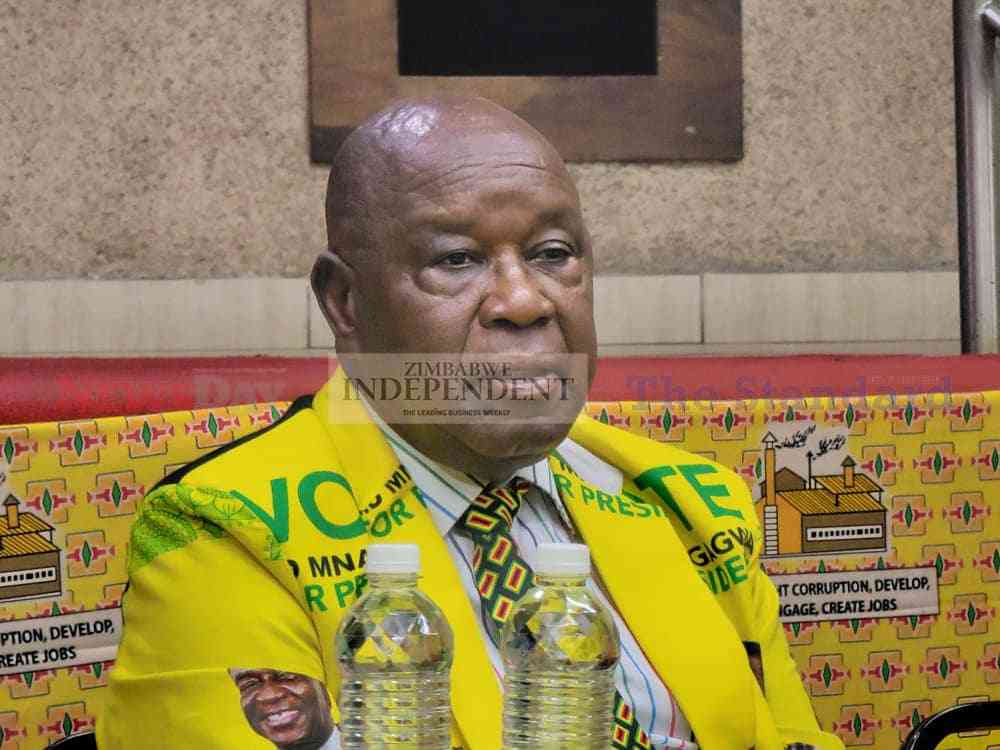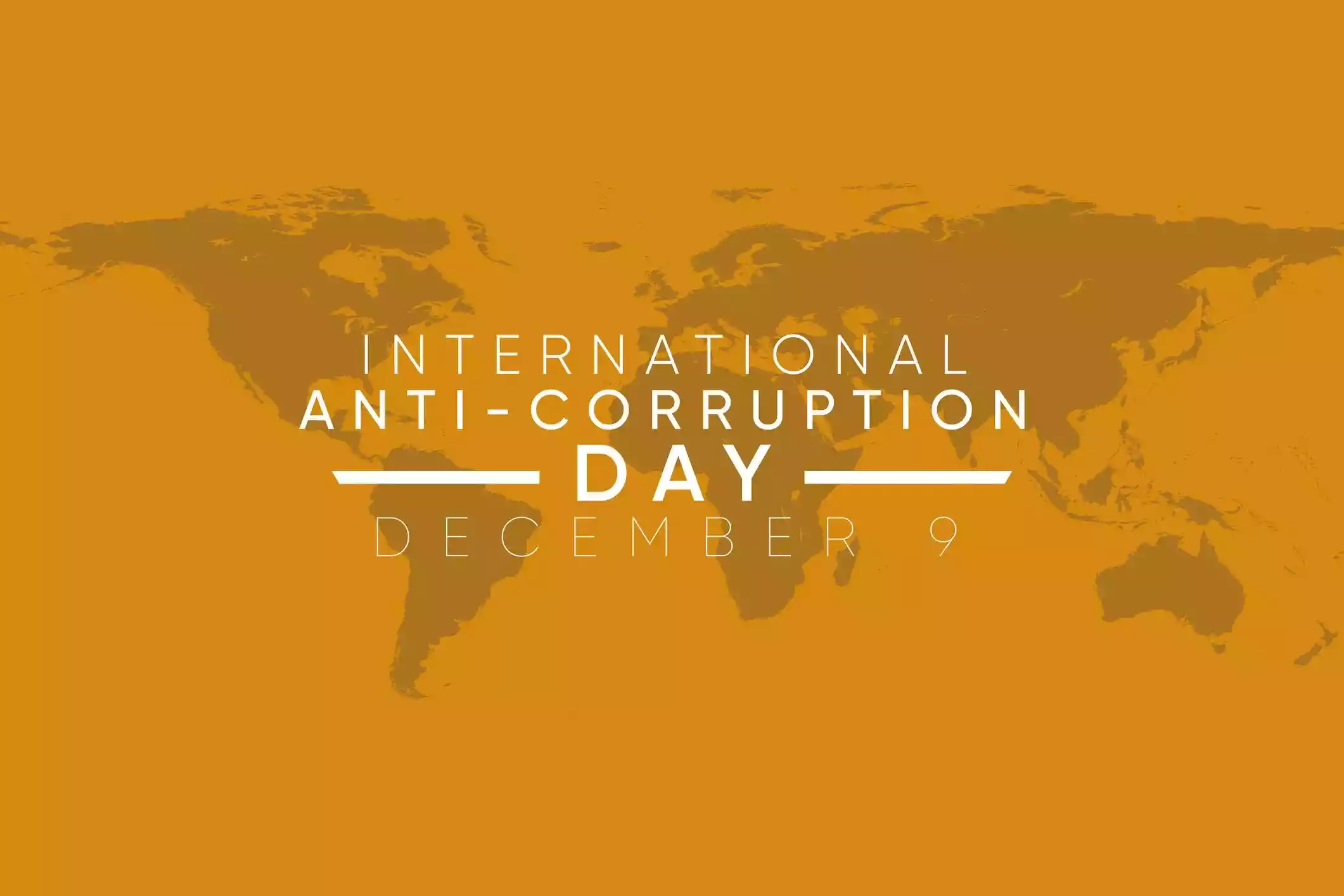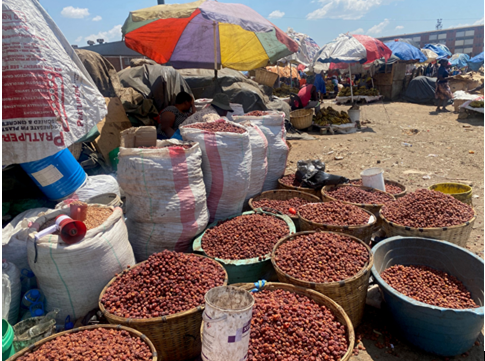
THE first two decades that followed the independence of Zimbabwe in 1980 were characterised by a number of major developments. Government expanded social services such as health and education — the total number of schools was increased five times, hospitals were built in almost every district and literacy by 2000 was among the highest in Africa. The economy expanded steadily and there was relative stability on money markets.
But government expenditure far exceeded income in a bid to deliver all the things promised before independence and as a result, the fiscal deficit averaged over 9% of GDP with the consequence that national debt rose from about US$700 million at independence to nearly 10 times that by 2000. This was supported by generous aid inflows to finance land reform and to help with the rush to provide education and health.
But the seeds of what was to come were planted. The Gukurahundi atrocities had seriously damaged the reputation of the Robert Mugabe government and its repressive policies were deepening the damage. The land issue had not been resolved and was fermenting below the surface.
The national infrastructure, built up over 100 years back was ageing and not getting the attention it needed. By the end of the century, the social infrastructure built up since 1980 far exceeded the State’s ability to meet recurrent costs and started to deteriorate.
The triggers for the subsequent collapse of the Zimbabwe State were many. The first was the decision in 1997 to pay the veterans of the liberation war reparations for their sacrifice in the form of a grant that cost us $3,6 billion — a huge sum at that time, outside the budget and just printed by a panicky regime.
The second came the following year when it was decided to enter the war in the Democratic Republic of Congo to remove Mobutu Sese Seko and replace him with Laurent Kabila. This lasted for three years and cost us hundreds of lives and millions of dollars in military hardware. In all, the war cost approximately US$2 billion. It was a success, but the cost further deepened the fiscal crisis at home.
Perhaps the third trigger was the depreciation in the local currency. At independence, one local dollar was able to buy two US dollars. Now after successive financial problems, the depreciation of the local currency started. Slowly at first and then more rapidly, reducing living standards and increasing costs.
The long-suffering population began to stir and the outcome was the birth of the first real opposition party in the form of the Movement for Democratic Change (MDC). This emerged in September 1999 and in March the following year, the ruling party Zanu PF suffered its first national defeat in a national referendum on a new Constitution.
- Ziyambi’s Gukurahundi remarks revealing
- Giles Mutsekwa was a tough campaigner
- New law answers exhumations and reburials question in Zim
- Abducted tourists remembered
Keep Reading
In the subsequent elections, the ruling party held on to its majority by three seats and a political war was declared. I can remember watching Mugabe accept these momentous challenges and a colleague who was with me at the time, saying that trouble was coming.
In a matter of weeks, the response came in the form of a wholesale attack on the commercial farming community. At independence, the country had inherited a farming industry based on the division of agricultural land into two main components — the commercial farms and the tribal trust lands, both about 16 million hectares.
The commercial farm sector was occupied by 6 000, largely white farmers and they employed over 300 000 workers who, with their families, made up a substantial bloc of voters. In 2000, they voted for the opposition MDC and their employees publicly backed the new party.
Mugabe made the decision that this bloc of voters had to be eliminated in political terms. A decision similar to that in the Soviet Union was made by Joseph Stalin which led to the genocide of the Kulaks (independent farmers) in that area of the world.
Zimbabwe’s fast-track land reform programme resulted in the great majority (95%) of the remaining white farmers being removed from their farms and the land nationalised.
In an economy created in Zimbabwe by 80 years of settler administration, this was the final straw that broke the system.
Farm output collapsed by over 70%, export earnings fell by half and employment fell from 1,2 million to 600 000, the majority in the civil service.
It is difficult to imagine the outcome today. By 2008, Zimbabwe was effectively a failed State. In 2009, the World Bank stated that the country resembled a State that was coming out of a war. Just look at the statistics:
- Three million people died from preventable causes and life expectancy fell from 64 years at independence to 37 years.
- Five million people fled the country for greener pastures — three million to South Africa.
- We had the highest mortality of women in childbirth in the world and the highest mortality of children under five years old.
- 150 000 people were infected with cholera and thousands died.
- 75% of our total population was on food aid supplied by the international community.
- The total revenue to the State in 2008 was just US$280 million, the average civil servant earned less than US$50 a month.
- Inflation was at world record levels with prices doubling every three hours, the domestic currency was worthless.
- Retail shops were completely empty, fuel filling stations closed.
- Over 70% of all children were not in school.
- State hospitals were either closed or inoperable.
- Power consumption, a sure indicator of economic activity, halved.
The political crisis deepened with a clear victory by the leader of MDC in the presidential vote in the 2008 elections, followed by manipulation of the result and a run-off that was so violent, it was not recognised by the African Union.
The crisis was so serious that the Sadc States appointed then South African President Thabo Mbeki as special representative with instructions to intervene.
He convened a series of meetings with the three main political parties in Zimbabwe and began the tortuous negotiations towards an accommodation that would bring stability to the country and allow some normalcy to return.
The talks were held in absolute secrecy and when completed, resulted in the signing of an agreement to establish a unity government with three parties in government for the first time.
The mandate restored some semblance of stability and got the economy back on track. It then took another five months to get a Cabinet agreed and once this was done, it was sworn in with Mugabe as President and Morgan Tsvangirai as Prime Minister.
In the next four years, 2009 to 2013, inflation was dealt with, political and economic stability restored and the revenues to the fiscus expanded rapidly — from US$280 million in 2008 to US$4,3 billion in 2013, 70% per annum on average.
But the scars of the collapse remained, all savings were wiped out, all financial institutions were bankrupt, the local currency ceased to exist.
Only now, after the forced retirement of Mugabe in November 2017 and the appointment of a new government, can we really say we are seeing real recovery and growth.
Eddie Cross is an economist and former Bulawayo South legislator. He writes here in his personal capacity.











